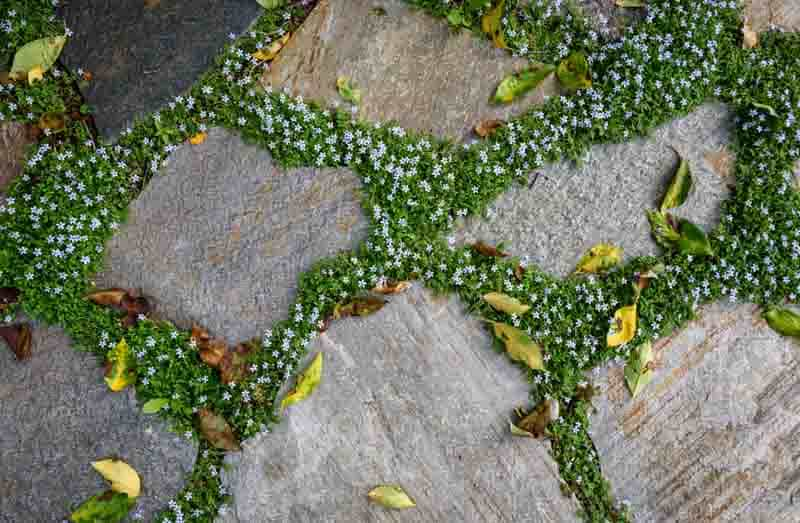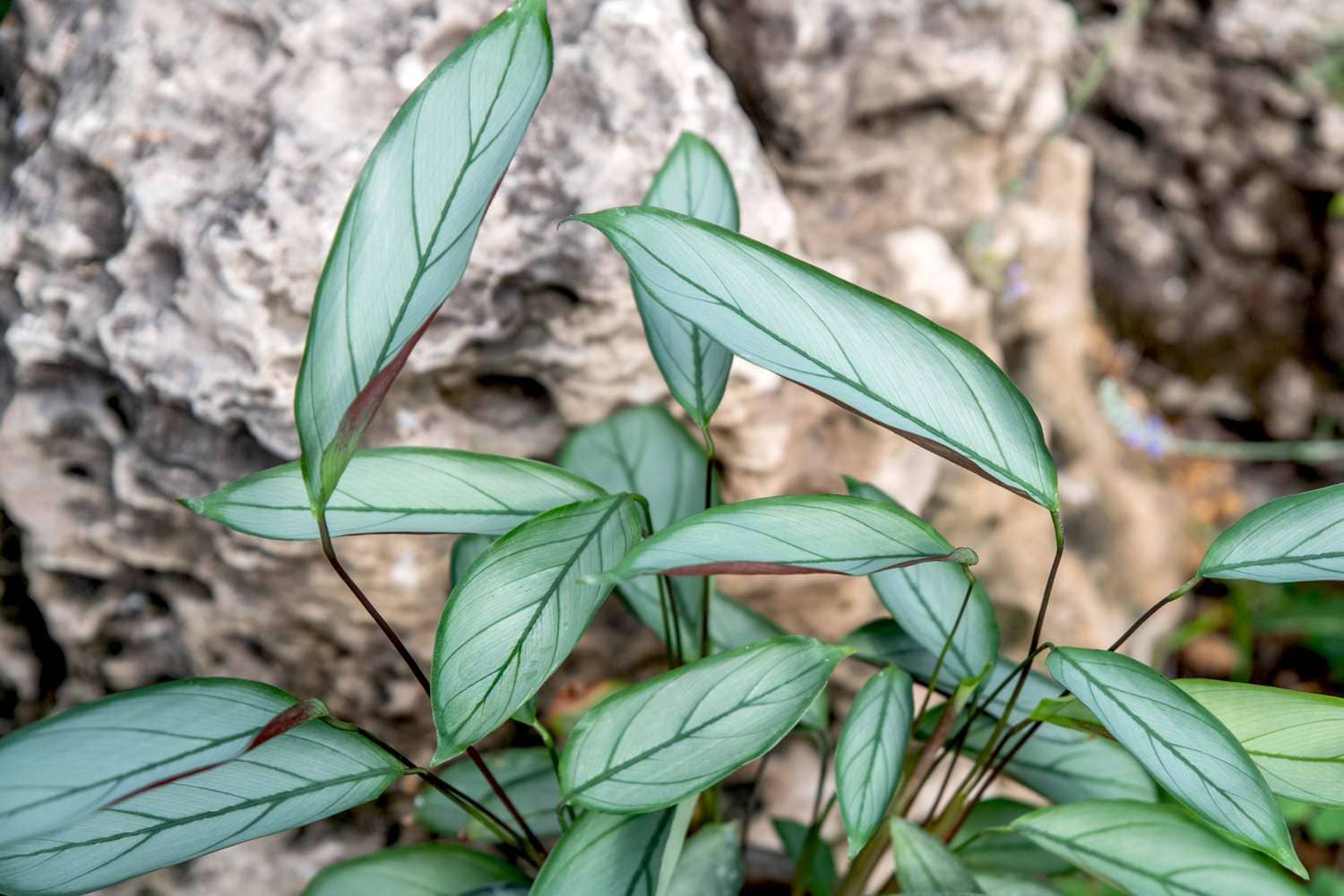introduction:
Welcome to the mesmerizing world of Alocasia Zebrina, a plant renowned for its striking appearance and elegant demeanor. Also known as the “Zebra Plant,” this botanical marvel captivates enthusiasts with its unique striped foliage and tropical allure. In this comprehensive guide, we’ll delve into everything you need to know about cultivating and nurturing Alocasia Zebrina, from its origins to its care requirements and beyond.
Exploring the Origins of Alocasia Zebrina
Alocasia Zebrina traces its roots back to the lush rainforests of Southeast Asia, where it thrives amidst the dappled sunlight and humid conditions. Belonging to the Araceae family, this species is a close relative of the more commonly known Alocasia varieties, such as Alocasia Polly and Alocasia Amazonica.
Understanding the Distinctive Features
Striking Stripes and Ornate Veins: One of the most enchanting features of Alocasia Zebrina is its distinctive foliage, characterized by bold, zebra-like stripes running across its elongated leaves. These striking patterns, coupled with intricate veins, contribute to its unparalleled visual appeal, making it a prized possession among plant enthusiasts.
Elegant Upright Growth Habit: Unlike its counterparts, Alocasia Zebrina boasts an upright growth habit, with sturdy stems that elevate its foliage, creating a statuesque presence in any space. This vertical orientation adds to its allure, making it an ideal choice for both indoor and outdoor settings.
Creating the Perfect Environment
Optimal Lighting Conditions: To thrive, Alocasia Zebrina requires bright, indirect sunlight. Avoid exposing it to direct sunlight, as this can scorch its delicate leaves. Positioning it near a north or east-facing window ensures adequate light without risking sunburn.
Humidity and Moisture Needs: Native to tropical climates, Alocasia Zebrina thrives in high humidity environments. To replicate its natural habitat, mist the foliage regularly or place a humidifier nearby. Additionally, maintain evenly moist soil, but avoid overwatering, as it can lead to root rot.
Nurturing Alocasia Zebrina: Care Tips and Techniques
Watering Routine: Establish a consistent watering schedule, ensuring the soil remains evenly moist but not waterlogged. Allow the top inch of soil to dry out between waterings to prevent issues such as root rot.
Pruning and Maintenance: Regular pruning is essential to promote healthy growth and maintain the plant’s aesthetic appeal. Remove any yellowing or damaged leaves promptly, using clean, sharp scissors or pruning shears.
Fertilization Schedule: During the growing season, feed Alocasia Zebrina with a balanced liquid fertilizer every two to four weeks. Dilute the fertilizer to half-strength to avoid overfeeding, which can lead to fertilizer burn.
Common Pests and Problems
Spider Mites and Mealybugs: Keep an eye out for common pests such as spider mites and mealybugs, which can infest Alocasia Zebrina. If detected, treat the plant with a gentle insecticidal soap or neem oil solution to eliminate the pests effectively.
Leaf Yellowing and Browning: Yellowing or browning leaves may indicate various issues, including overwatering, underwatering, or exposure to drafts. Assess the plant’s care routine and environmental conditions to identify and rectify the underlying cause.
FAQs (Frequently Asked Questions)
- How often should I water my Alocasia Zebrina?
- Alocasia Zebrina prefers consistently moist soil, so water it when the top inch of soil feels dry to the touch.
- Can I propagate Alocasia Zebrina?
- Yes, Alocasia Zebrina can be propagated through division. Simply separate the offsets from the mother plant and plant them in their own pots.
- What is the ideal temperature range for Alocasia Zebrina?
- Alocasia Zebrina thrives in temperatures ranging from 65°F to 80°F (18°C to 27°C). Avoid exposing it to temperatures below 60°F (15°C) or drafts.
- How can I increase humidity for my Alocasia Zebrina?
- You can increase humidity by misting the foliage regularly, placing a tray filled with water and pebbles beneath the plant, or using a humidifier.
- Why are the leaves of my Alocasia Zebrina turning yellow?
- Yellowing leaves can indicate overwatering, underwatering, or nutrient deficiencies. Adjust the plant’s care routine accordingly and ensure proper drainage to prevent root rot.
- Is Alocasia Zebrina toxic to pets?
- Yes, Alocasia Zebrina is toxic to pets if ingested. Keep it out of reach of curious pets and children to avoid potential health hazards.
Conclusion
In conclusion, Alocasia Zebrina stands as a testament to nature’s artistry, captivating enthusiasts with its mesmerizing stripes and elegant demeanor. By providing the optimal environment and care, you can cultivate this botanical marvel and adorn your living space with its tropical allure. Embrace the beauty of Alocasia Zebrina and embark on a journey of botanical discovery unlike any other.





